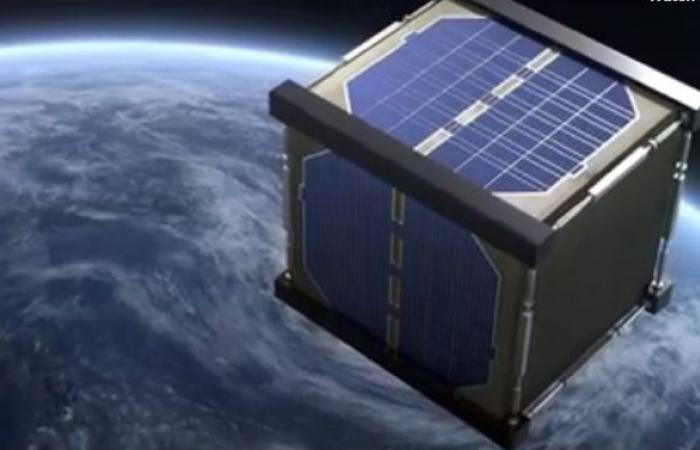On Monday, November 4, Japan sent the world’s first wooden satellite into space. Called LignoSat, this machine will be deployed into orbit in around a month, from the Kibo module of the ISS. Its onboard electronics will record and transmit essential data to the probe.
Space exploration is reaching a new milestone. On Monday, November 4, Japan sent the world’s first wooden satellite into space. Called LignoSat, this new type of satellite arrived on November 5 at the International Space Station (ISS) aboard a SpaceX Dragon cargo capsule. In about a month, it will be deployed into orbit from the Kibo module of the ISS. For the next six months, it will orbit the Earth to record and transmit essential data to the probe.
The wooden satellite had to meet the safety requirements for human flights
LignoSat’s onboard electronics will monitor the behavior of wood exposed to the rigors of space (vacuum, radiation, temperatures) in order to verify whether it can become a viable material for satellites. Before going into space, the machine had to meet the safety requirements for human flights. Tests have shown that the magnolia wood, which is largely composed of it, poses no risk to astronauts. They will drop it into orbit using a device from the Japanese Kibo laboratory designed to send CubeSat standard objects around the Earth.
A machine powered by a solar panel
LignoSat weighs 900 grams and measures only 10 centimeters on a side, following the CubeSat standard (cube with a side of 10 cm). The satellite was assembled without screws or glue using a traditional Japanese technique called honoki. It is powered by a solar panel and has sensors to monitor the wood’s resistance to extreme conditions in space. The device therefore also integrates traditional aluminum structures and other electronic components.
Several advantages of building a wooden satellite
Wood as a base material for a satellite has several potential advantages. First, it could effectively protect satellite electronics while reducing weight. Also, it proves particularly durable in space due to the absence of water or oxygen. In addition, wood vaporizes easily during atmospheric re-entry, thus limiting the risk of elements falling back to Earth. Furthermore, this material could relegate metal devices that pollute space to the past. When these burn, upon re-entry into the atmosphere at the end of their life, they release aluminum oxide particles.
Wood remains a fairly difficult material to work with.
In the near future, metal satellites could therefore be banned. Japanese astronaut Takao Doi, who has already spent a stay aboard the ISS, has been offered his wooden devices to Elon Musk’s SpaceX, which offers satellite internet via Starlink. “With wood, a material we can produce ourselves, we will be able to build houses, live and work in space forever. “, he says. However, some specialists temper this enthusiasm. They note that from a technical point of view, wood remains a fairly difficult material to work with. Therefore, it will always be a problem to manufacture critical structures like spacecraft parts where their strength must be predicted.






